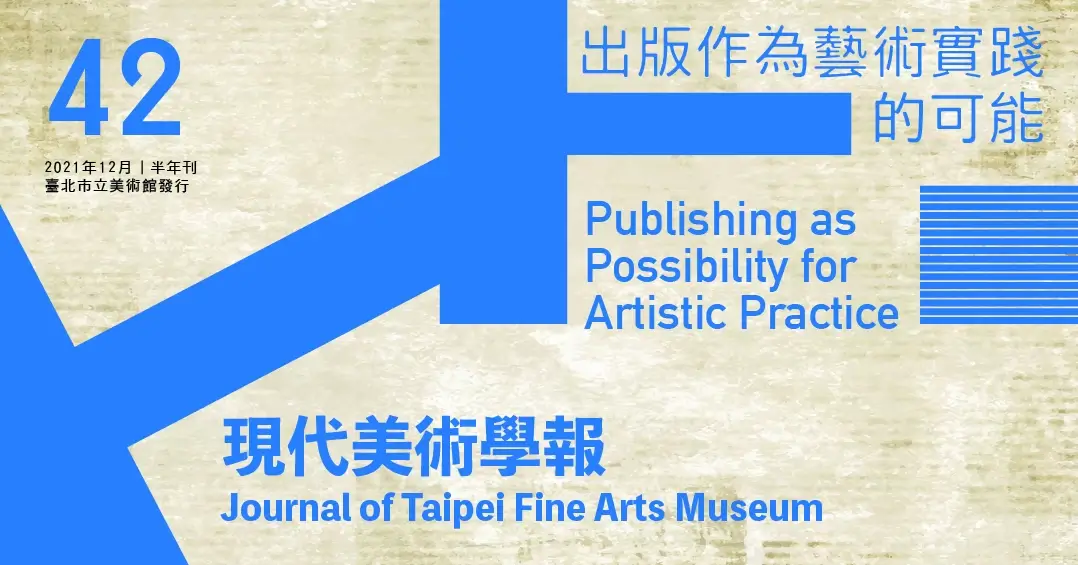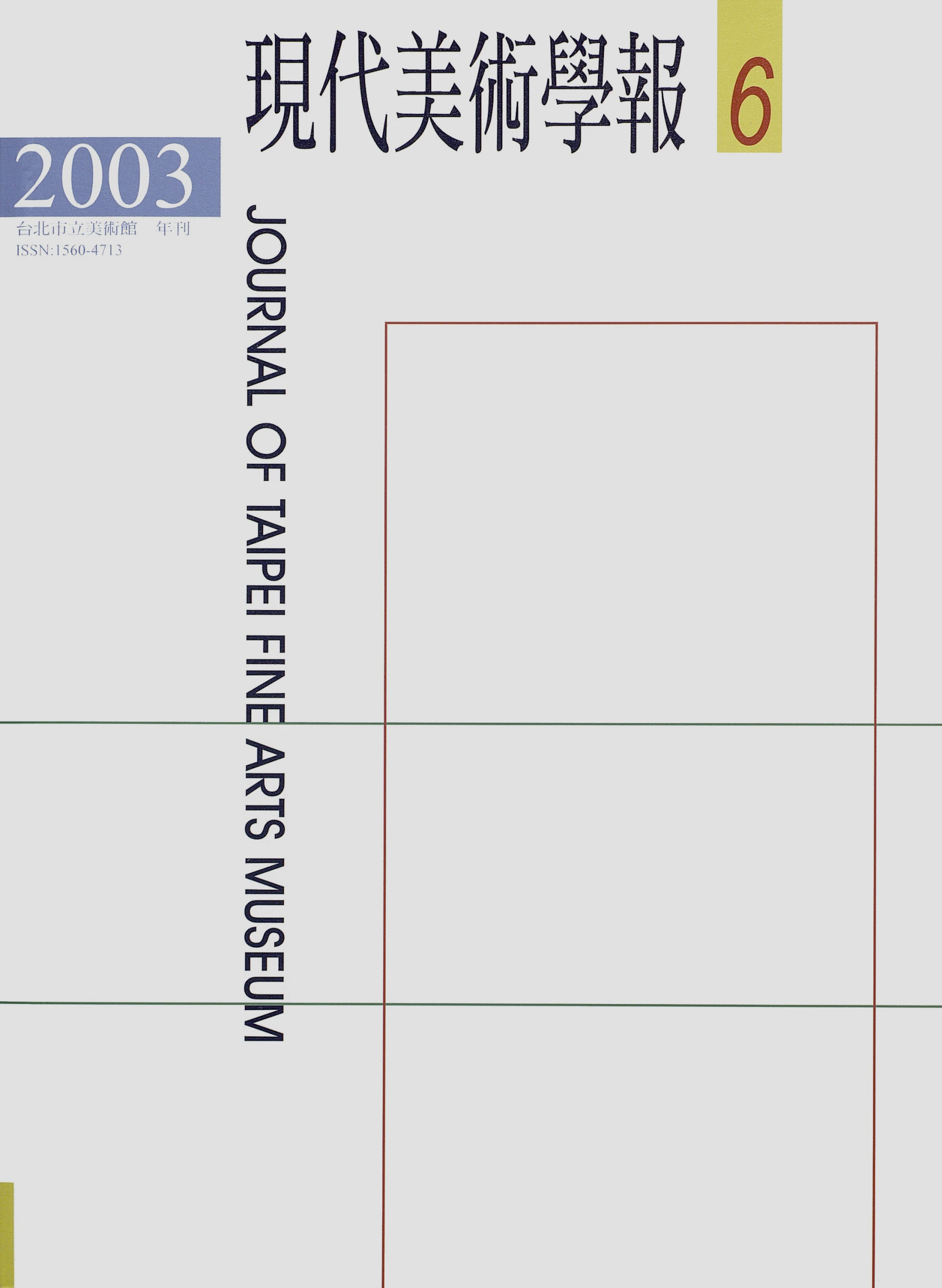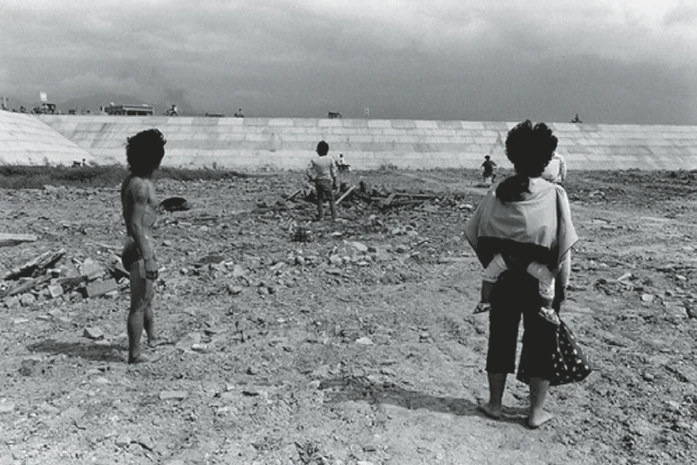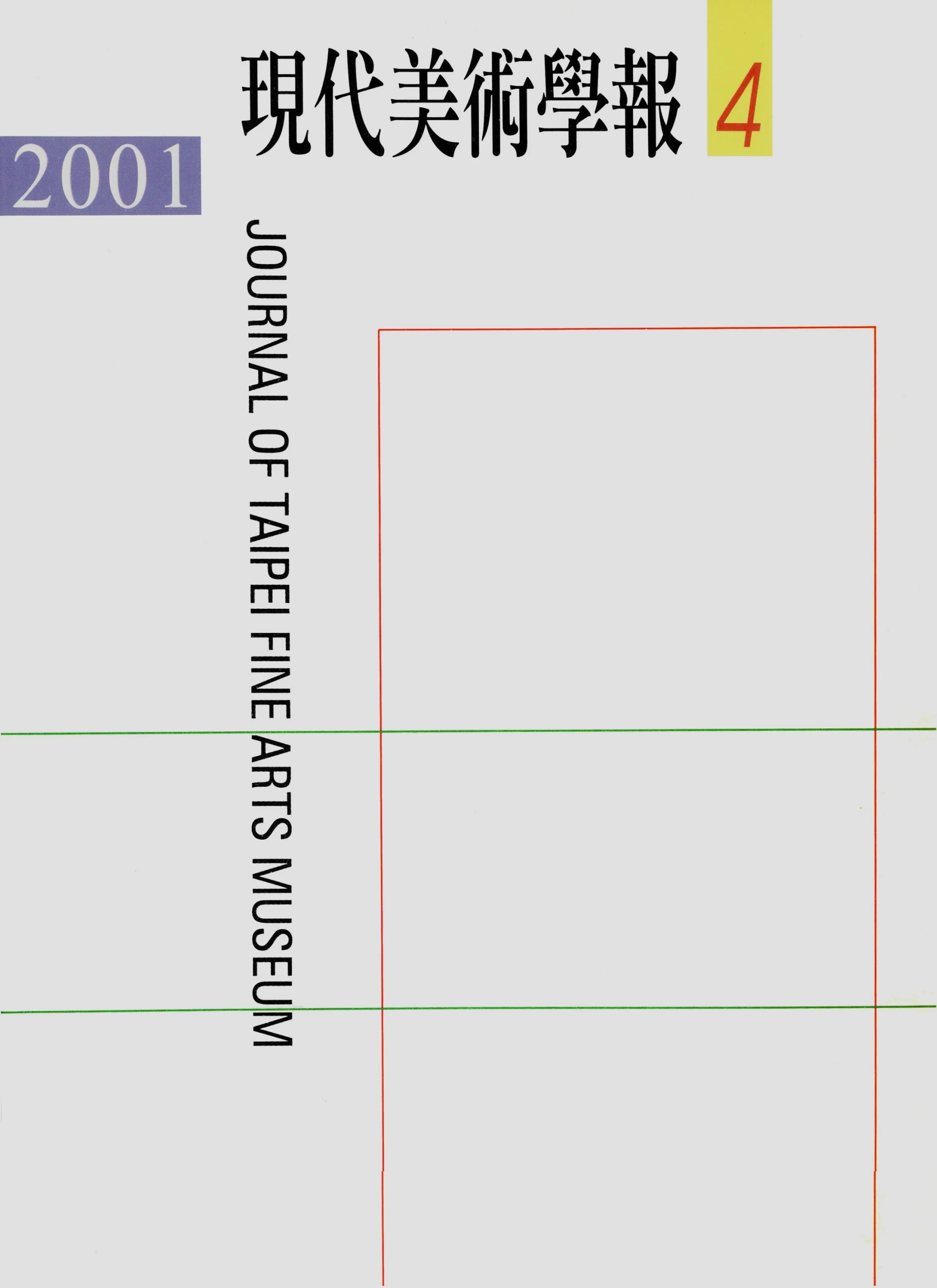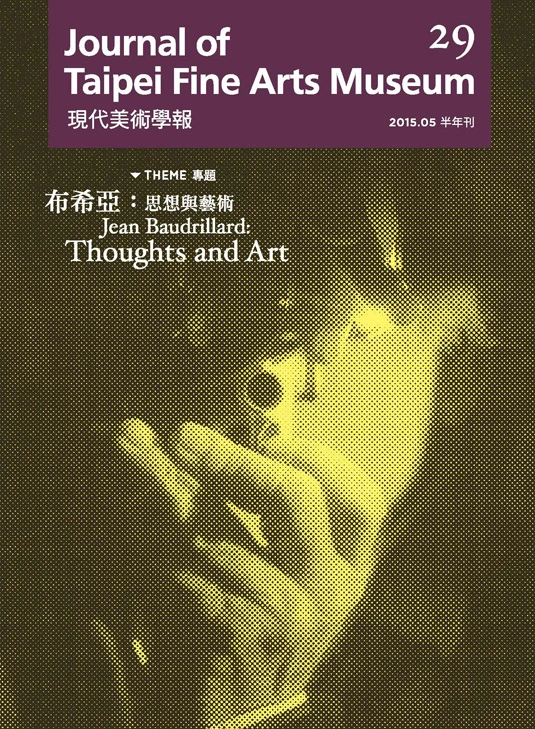摘要
「跨領域」或說「跨域」,本身就是不同技術間的移轉、對話和連結,在臺灣複雜的多重殖性經驗和他治式的產業發展下,「投射」、「調準」、「改裝」和「批判」這四項成為1980年代對於環境的結構性回應:對於國際化的積極投射;在活潑的資訊社會中,不斷調準著外來訊息的精確度以呼應在地價值的必要性;在結構性資源匱乏的狀態下,對於外來資訊和內部需求進行工具性的改裝;以在地創造力和地緣政治的連結,對於歐美知識系統進行批判。無疑地,許鈞宜的〈空中的機器之眼:垂直視域下的無人稱感知〉重新操演著上述1980 年代以降形成的結構性回應,藉由對Harun Farocki、Forensic Architecture,特別是Hito Steyerl關於無人稱之眼的影像討論,這種無人稱之眼的影像或許足以被稱之為「總體之眼」的影像,「總體」意味著技術將觀看的關係擴及所有事物,讓影像成為所有事物的內在或身體。換言之,「影像」成為一個全面的「潛殖」之域。
然而,若我們回到相對於德國的「南方以南」:臺灣(希臘以南)。「南方」在中國的敘事中一直意味遠離權力中心的遷徙政權,多指長江以南,然而,「南方」在臺灣的1980年代轉化成對抗威權的象徵性位置,指中國政權與臺北政權之外,而在1990年代則變為對抗「西進」(親中)的「戒急用忍」政策中的政治經濟目標「新南向」(東南亞),直至二十一世紀,由高盛銀行在2005年的年終報告中宣告的「未來11國」,其中東南亞就有菲律賓、印尼和越南入列。可以想見,臺灣的「南方」並非一直都是指稱明確的地理位置,而更多是政治經濟上的機會與選擇,隨之帶動產業與技術的投入方向,甚至改變教育和藝文的走向。換言之,政治經濟一直都是「跨域」的重要條件因素,也是各種「跨域」的前衛實驗或具體行動的脈絡地景,呂佩怡的〈製造南方:「南方」作為台灣當代策展之方法〉便在這樣的背景下,調查並分析了三個臺灣近年以「南方」為題的展覽,藉此讓「南方」在當代藝術中的推進與發展,成為一個具有系譜的反思場域。
技術,一方面成為普遍可被學習、複製和挪用之「術」,另一方面逐漸發展為生物之「術」;當全面機器化(器官外置化)與全面反身性的生命治理(潛殖)匯聚在當代時,「跨域」既是權力優勢者的資本積累之「術」,卻也成為反抗權力者偽裝、滲透與鬥爭的解離資本之「術」。然而,當資本一如權力已經成為「關係」的實質內容時,它們便成為生命技術最為深刻的底蘊,使得抗爭者必須「扮演」,或說「生命」自身的活路就是「扮演」。張紋瑄的〈當言語得到身體:作為事件的講述表演〉嘗試將這樣的關係性生命技術予以脈絡化,並巧妙佈置出歐美優勢話語與陳界仁在地話語之間的對話關係,跳脫出臺灣一直以來的二元論動力(以東西對立、統獨作為內耗的動力),回到行為、扮演、表演在「行動」、「歷史」與「政治」上的本質性意涵。
「重思跨領域」首先必須離開跨國文化行銷的形式主義操作,而必須體認到「跨域」一直是涉及歷史和政治條件、甚至意義的「技術」課題,最後,在這個專題規劃企圖著力的就是呈現出「跨域」或「跨域之術」是生物的、也是生態的基本狀態,從粒線體到真核細胞、從原生到寄生、從影像自身到弱影像和機器之眼,或我們在此指稱的「總體之眼」,生命並非跨域所再現的對象,而就是跨域以己自身(en soi)。
Abstract
The trans-disciplinary practice itself is a transfer, dialogue, and connection between different technologies. In the context of Taiwan’s complex multi-colonial experience and the industrial development governed by the Other, "projection," "calibration," "modification," and "critique" thus became four structural responses to the 1980s environment. In other words, these responses proactively project to internalization, constantly checking the accuracy of external information responding to the necessity of local value in a lively information society. Furthermore, in a state of structural resource scarcity, they modify the instrumentality of external information and internal needs modification of external information and systematically criticize Euro-American knowledge with the connection of local creativity and geopolitics. Undoubtedly, Hsu Chun-Yi re-manifests these structural responses developed since the 1980s in his "Eye of Aerial Machine: The Impersonal Perception of Vertical Horizon," discussing practices of Harun Farocki, Forensic Architecture with a particular focus on Hito Steyerl’s image of nonhuman’s eyes. Such an image of the nonhuman’s eye might be called the "eye of totality," which means that advances in technology extend the scope of viewing and make an image become the immanence or body of all things. In other words, "image" becomes a comprehensive "paracolonial" zone.
Now, we return to Taiwan, the further south of Germany (to the South of Greece). The "south" in Chinese mentality and narrative have always been standing for the migration regime, primarily referring to the south of the Yangtze River, while in the 1980s Taiwan, the "south" was transformed into a symbolic location of resistance to authoritarianism, referring to an area away from the Chinse and Taipei regime. In the 1990s, it became the political and economic target-- New Southbound (Southeast Asia) as the policy against the "Cautious Self-Restraint" strategy for "going west" (pro-China). Until the 21st century, Goldman Sachs named the "Next Eleven" list of countries in its annual report in 2005, including the Philippines, Indonesia, and Vietnam. Therefore, we may conclude that the concept of "south" in Taiwan does not always refer to a specific geographical location, but political and economic opportunities and options, which have directed the industrial development and technological investment, and even changed the direction of education, art, and culture. In other words, political economy has always been an important factor of "trans-disciplinary" practices and the landscape of various "trans-disciplinary" avantgarde experiments or concrete actions. In "Making South: The ‘South’ as a Method in Taiwan Contemporary Curating," Lu Pei-Yi investigates and analyzes three recent exhibitions in Taiwan under the theme of "the South," making the advancement and development of the concept of the "South" in contemporary art a genealogical site of reflection.
On the one hand, technology becomes a "way of doing" that can be universally learned, replicated, and appropriated, and on the other hand, it has gradually developed into a "way of living." When the extensive mechanization (exosomatisation) and the reflexive bio-politics (para-colonialism) converge in contemporary times, "trans-disciplinary" practices become a "technique" of capital accumulation for the privileged; however, it also serves as the "technique" of dismissing capital for those who resist the power to disguise, penetrate, and struggle. However, when capital, like power, has become the content of "relationship," it becomes the deep-rooted connotations of life technique, making it necessary for those who resist to "play," or rather, the way out of life itself is to "play a certain role." Chang Wen-Hsuan then attempts to contextualize such a relational life technique in "When A Speech Acquires Its Body: Lecture Performance as An Event." She cleverly sets up a conversational relationship between the dominant Euro-American discourse and the local language of Chen Chieh-Jen, breaking away from Taiwan’s long-standing dichotomic dynamics (the dynamics founded on the East-West confrontation and the unification/independence issue as the driving force of internal friction). Then, she returns to the essential significances of performance, role-playing, performing in “action,” “history,” and “politics.”
"Rethinking trans-disciplinary practices" must leave the formalistic manipulation of transnational cultural marketing and recognize "trans-discipline" itself has always been a "technical" issue engaging historical and political conditions and meanings. Finally, this issue attempts to present that "trans-discipline," or the "technique of trans-disciplinary practices," is a fundamental state of both biology and ecology. From the mitochondria to the eukaryote, from the indigenous species to the parasite, from the image itself to the poor image and the eye of machine, the "eye of totality," we can conclude that life is not an object represented through trans-disciplinary practices, it is trans-disciplinary itself.

